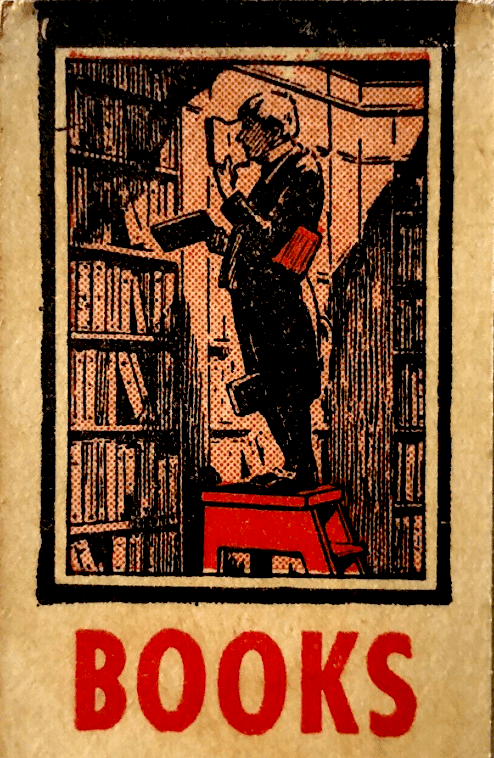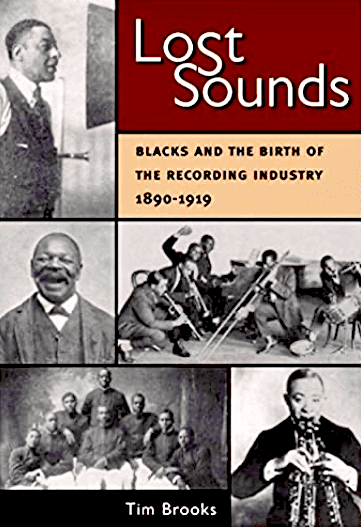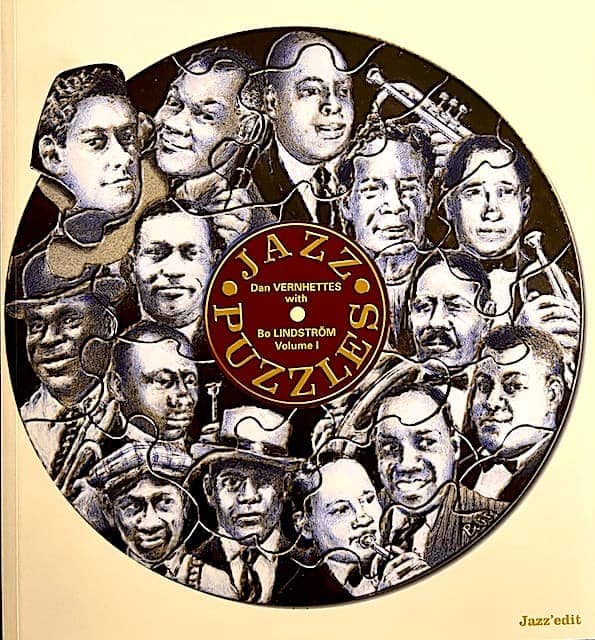Agram

Fiction


Non-fiction


EARLY RECORDINGS OF BLACK AND WHITE ARTISTS
Lost Sounds: Blacks and the Birth of the Recording Industry, 1890-1919 (2005) by Tim Brooks
Popular American Recording Pioneers: 1895-1925 (2012) by Tim Gracyk
Many 78 collectors are reluctant to delve into searching for records—and, of course, cylinders—recorded before 1920 for the simple reason that there is a paucity of good information about the recording industry and the early recording pioneers of the acoustic era. These two books remedy that. Further, they compliment each other. Brooks’ book focuses on the early Black artists of the “pre-blues” era. Gracyk’s book is devoted primarily to the popular White artists of the day. Each book is encyclopedic in scope, not only giving insightful overviews of the early recording industry, but also serving as much needed reference books on the early-day performers. Both Brooks and Gracyk tell compelling stories as to why these early recording artists deserve our respect, along with our attention.
Louis Armstrong’ Hot Five and Hot Seven Recordings (2011) by Brian Harker
Louis Armstrong has been blessed by a superb series of recent biographies that cover his entire life and career: Thomas Brothers writes about the period from 1901 to the early 1930s in Louis Armstrong’s New Orleans (2007) and Louis Armstrong Master of Modernism (2014); Ricky Riccardi picks up from there with Heart Full of Rhythm: The Big Band Years (2020) and What a Wonderful World: The Magic of Louis Armstrong’s Later Years (2011). Harker’s book carves out different space, honing in on some of the most celebrated jazz recordings of all time. Harker is a musician who uses his own musical expertise to illustrate just what made Armstrong’s small band sides of the mid-1920s so unique and innovative. No doubt this is an easier read for a musician than a non-musician because of some of the music technicalities discussed; nonetheless, even the layman will come away with many surprising insights as to why Armstrong was an amazing musical pioneer, still relevant today. A truly unique book.


Finding Bix: The Life and Afterlife of a Jazz Legend (2017) by Brendan Wolfe
Previous authors have endeavored to find the real Bix Beiderbecke and the magic of his horn-playing through their accumulation of historical facts and documentation, weaving them into standard chronological biographies. Brendan Wolfe takes a different tact. It was Beiderbecke who brought “sweetness” to jazz. This book asks not just how Bix did this, but why it was that Bix, a shy man plagued by alcoholism, came to define the best in early jazz, and mistakenly became the prototype for the recurring jazz myth of the doomed musical genius. The author is criticized by some for not providing a traditional biography. But as Wolfe tells us from the outset, such was not the book he set out to write. Rather, he chose to tell Bix’s story through the author’s own eyes, probing Bix’s character from a series of overlooked angles. It’s not that the author didn’t do his research. He did. He simply found that the significance of Bix’s short life can easily becomes lost in the forest of facts. This book goes a long way in helping us understand the lyrical qualities of Bix’s music, as well as reminds us as to what we really know about the man, plus what we will never know.
One of the best-kept secrets of research on early American jazz and related subjects are the books by Dan Vernhettes and Bo Lindström. And it’s a shame that these books are not better known! Their work is exceptional. Rather than rely of the oft-repeated myths of early jazz, the authors do their own research and they dig incredibly deep. Their books are sumptuous tomes of jazz history, illustrated with many previously unseen photos and documents. Most are in English, although some are in French. Jazz’edit of Paris is the publisher of these books, and can be contacted to find out which are still available. Unfortunately, they are published in small batches and often go out of print quickly. However, with some diligence copies can be found on Amazon, Ebay, AbeBooks, etc. By the end of 2022, Vernhettes should have in print his latest book, “Visiting Mexican Bands 1876-1955”.
Book Dealers

Publishers

Agram, out of the Netherlands, is a publisher specializing in books devoted to the Blues, and CDs and LPs taken from 78s by Blues artists of the ‘20s and 30s. Of particular interest to 78 collectors is its five volume discography set of the New York Recording Laboratories Matrix Series—i.e., Paramount and related 78s—researched by owner Guido van Rijn and Paramount records researcher Alex van der Tuuk. Agram also publishes van der Tuuk’s wonderful history of the label, Paramount’s Rise and Fall, now recently in its third edition.



